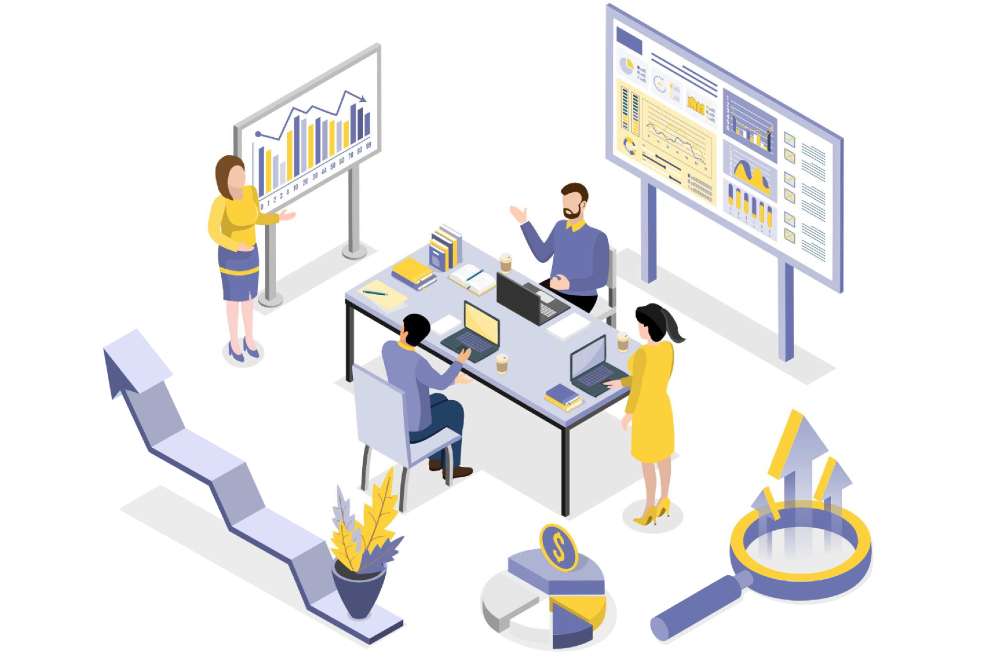FHIR Adoption Impacts CDI Strategies: The Future of Interoperability
September 10, 2024 | 5-minute read

Unlocking the Power of Standardization: FHIR and the Future of CDI
Interoperability, the seamless exchange of healthcare data, is the cornerstone of effective Clinical Data Integration (CDI). The emergence of FHIR (Fast Healthcare Interoperability Resources) as the standard for data exchange promises to revolutionize CDI strategies.
According to Gartner's report, "How Clinical Data Integration Improves U.S. Healthcare Payer Interoperability", "Recent regulatory mandates anoint FHIR as the cross-sector standard for interoperable healthcare data." But what exactly is FHIR, and how can payers leverage it to optimize CDI?
FHIR: The Rosetta Stone of Healthcare Data
Think of FHIR as a universal language for healthcare data. It defines a standard format for exchanging clinical information, allowing different healthcare systems to communicate seamlessly. This eliminates the need for complex data translations and conversions, streamlining data exchange and unlocking the true potential of CDI.
A Treasure Trove of Data Sources: Fueling Your CDI Engine
Payers gather clinical data from a vast array of sources. Here are some of the most common:
- Electronic Health Records (EHRs): A goldmine of clinical data, EHRs document member encounters, diagnoses, medications, allergies, and procedures.
- Claims Data: Provides insights into healthcare utilization, including diagnoses, procedures, and costs.
- Lab Results: Offer valuable clinical information about a member's health status.
- Pharmacy Data: Provides insights into medication adherence and potential drug interactions.
- Public Health Data: Includes immunization records, reportable conditions, and social determinants of health.
Centaur: Your Universal Data Translator
The challenge lies in integrating data from these diverse sources, each with its own format and structure. Centaur Data Platform acts as a powerful translator, seamlessly ingesting data in various formats, including:
- CCD (Continuity of Care Document): A common format for exchanging member encounter summaries.
- HL7 (Health Level Seven): different healthcare systems.
- Proprietary formats: Many providers have their own unique data formats.
Centaur's FHIR conversion capabilities ensure all your clinical data adheres to the FHIR standard, regardless of where the data came from and the format it was received in. This standardized data can then be easily integrated, analyzed, and utilized for effective CDI initiatives.
Simplifying Data Acquisition and Management: A Streamlined CDI Workflow
Centaur simplifies data collection and management:
- Centralized Data Hub: Eliminate data silos by establishing Centaur as your central data processing hub for all clinical data, regardless of
- format.Automated Workflows: Automate data ingestion and conversion processes, freeing up your team to focus on enabling consumption of this data.
- Pre-built FHIR Connectors: Leverage pre-built connectors to seamlessly integrate data from various sources, including EHR systems with FHIR APIs.
By embracing FHIR and leveraging Centaur Data Platform, payers can unlock a new era of streamlined data integration and management, empowering them to build robust CDI strategies for optimized member care.
Download Gartner's full analyst insight: "How Clinical Data Integration Improves U.S. Healthcare Payer Interoperability" for a deeper dive into CDI strategies.





